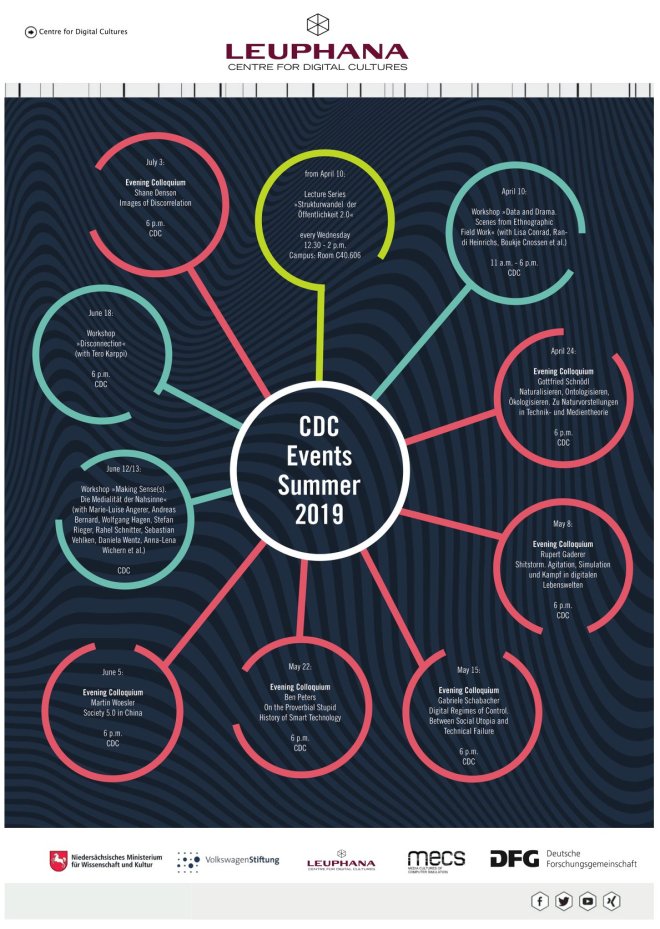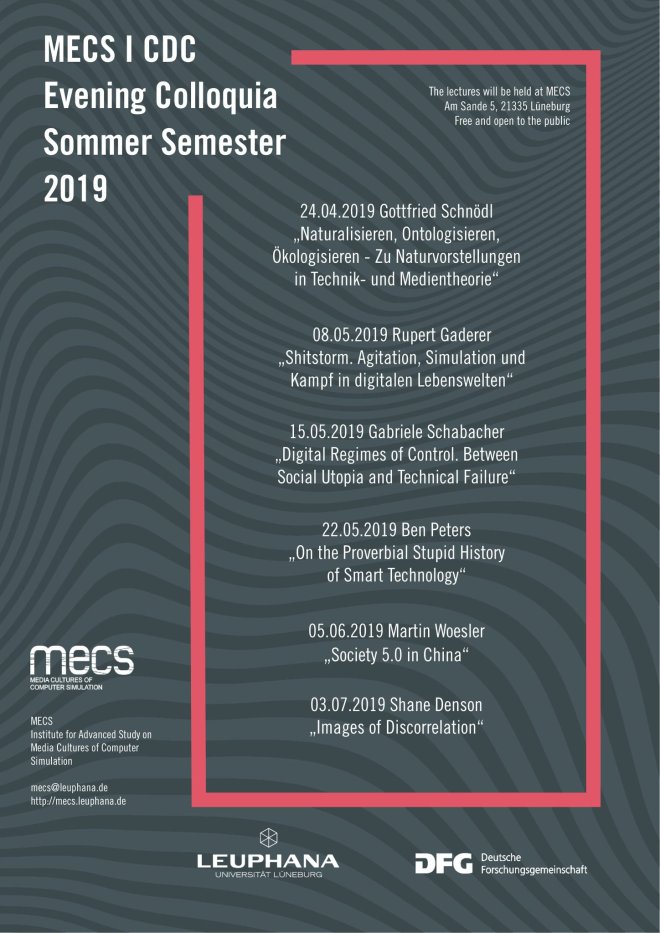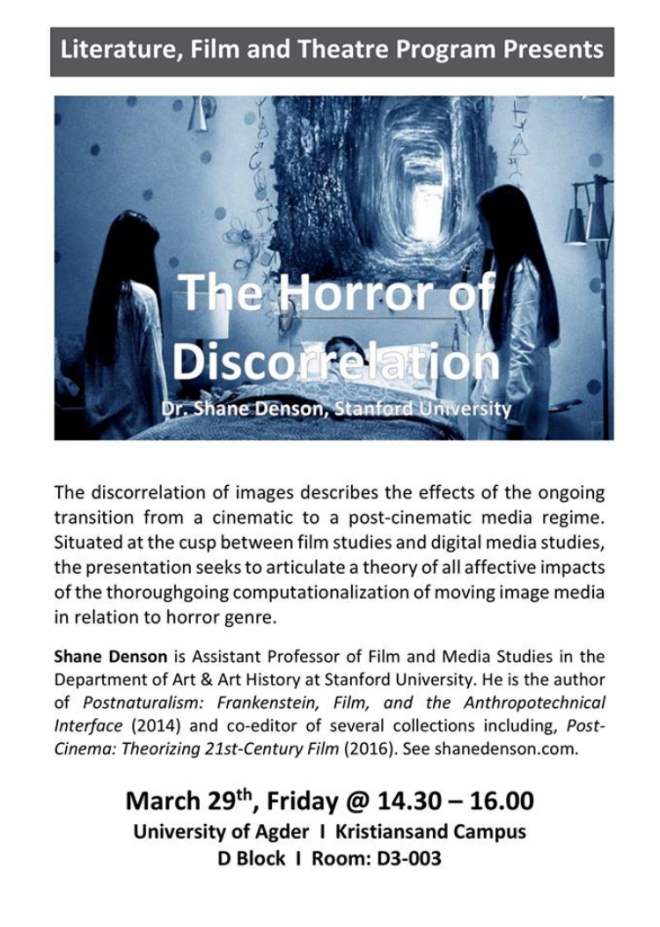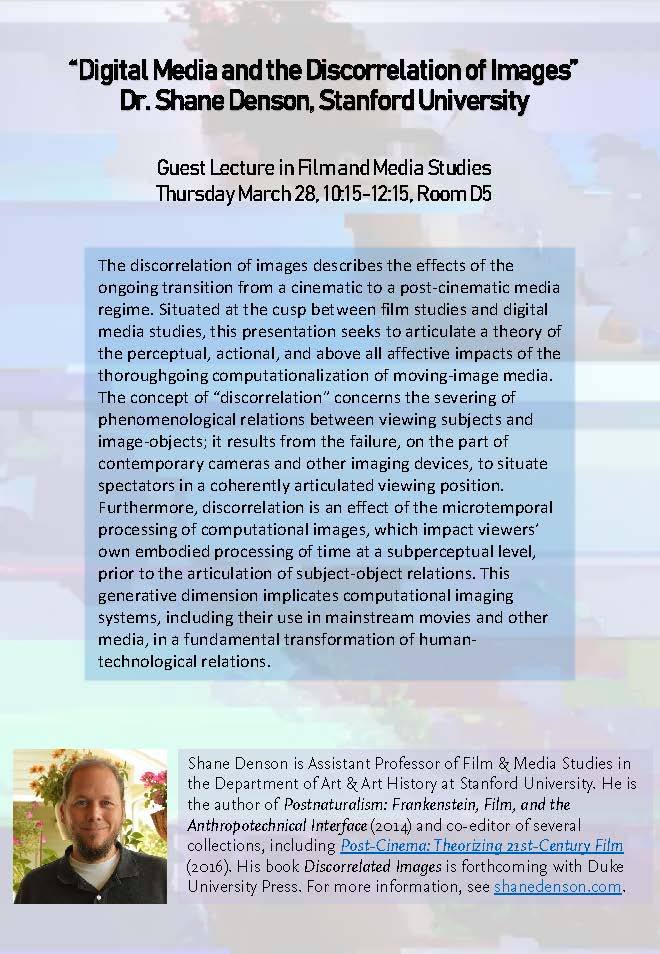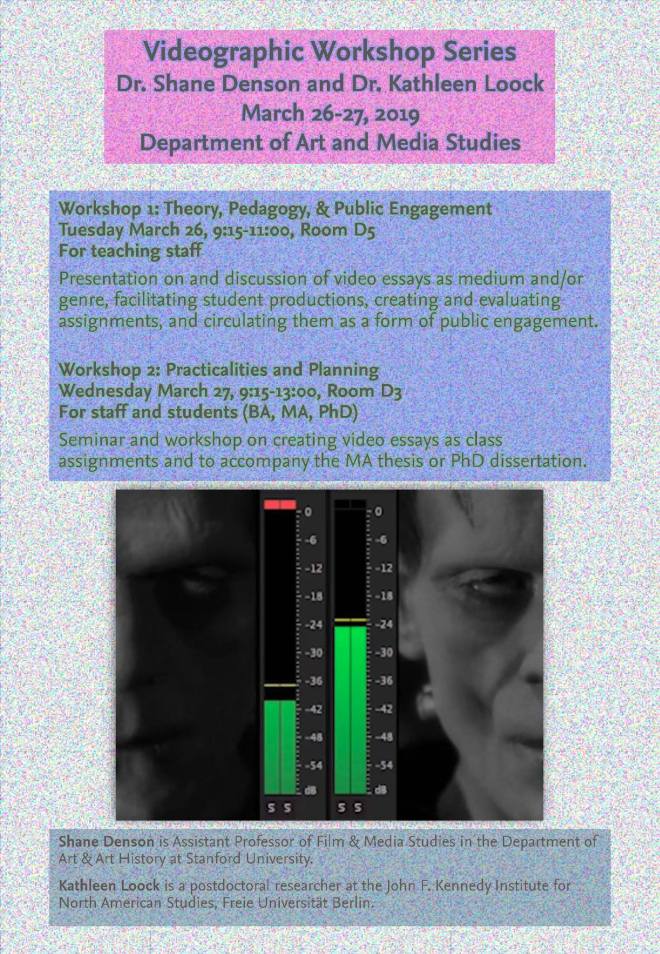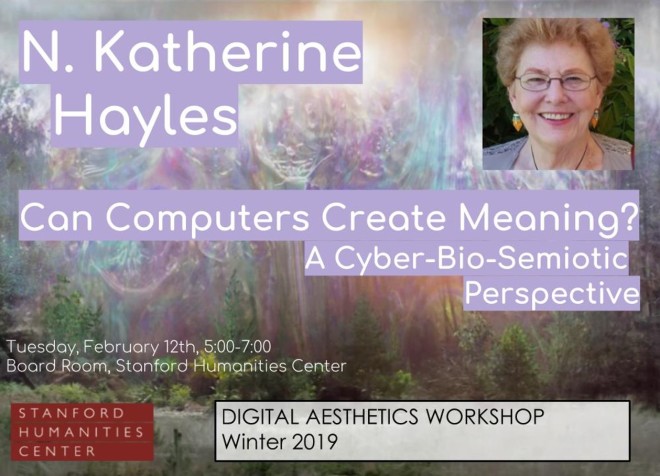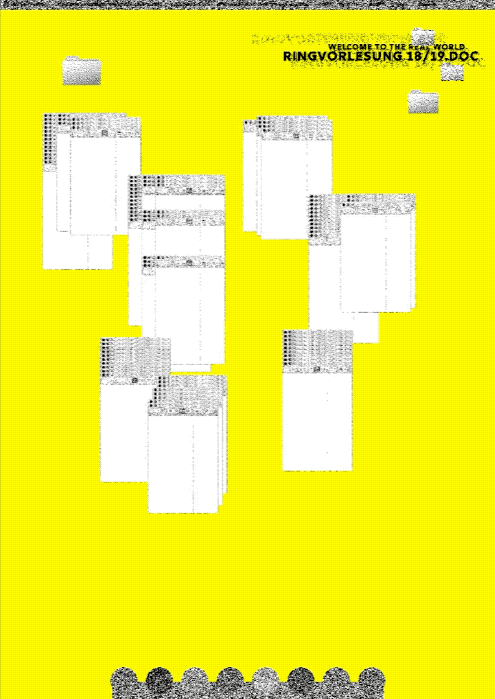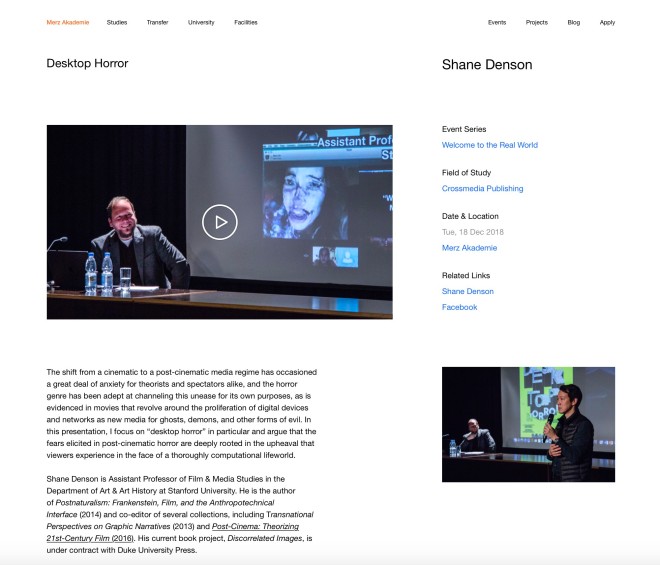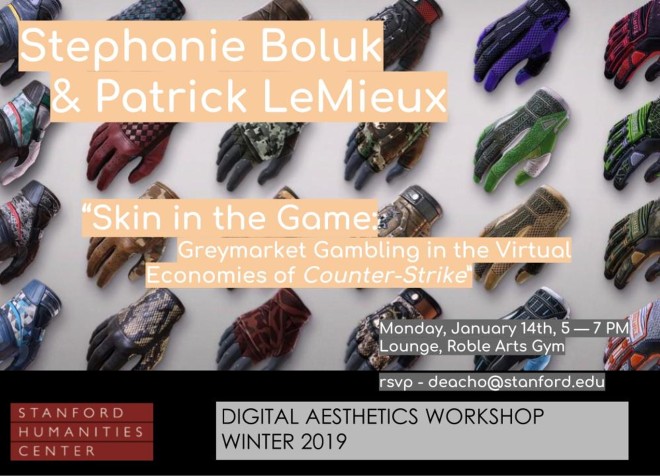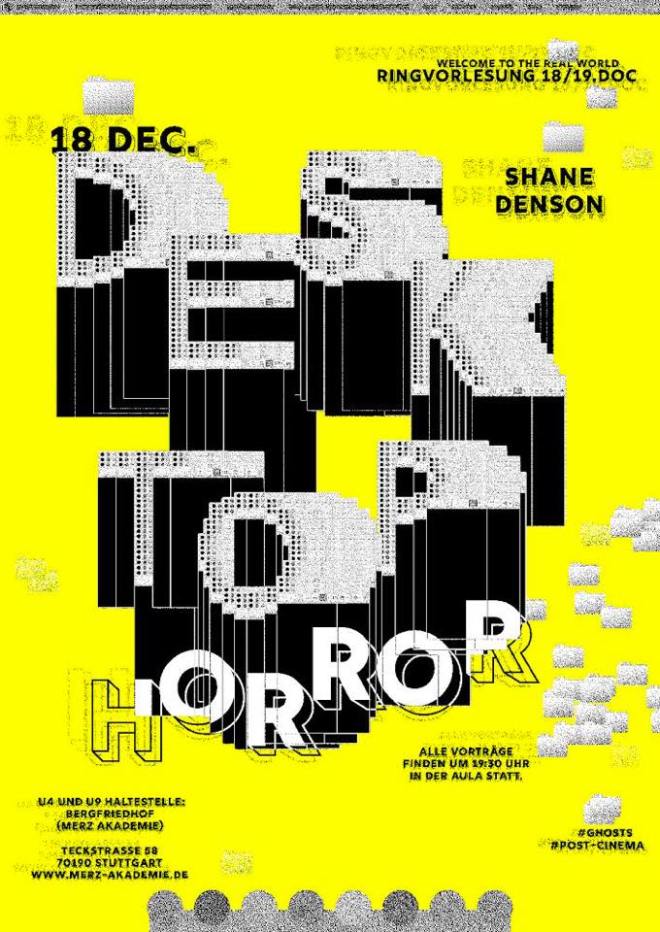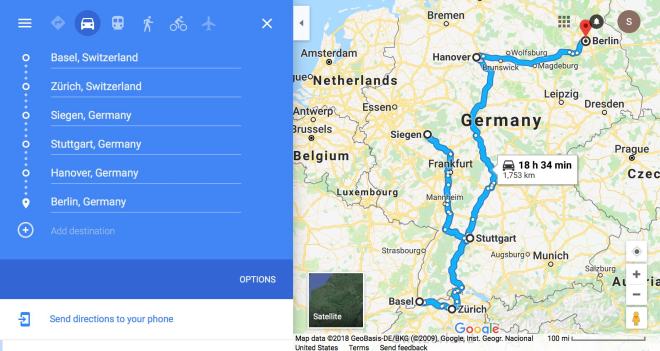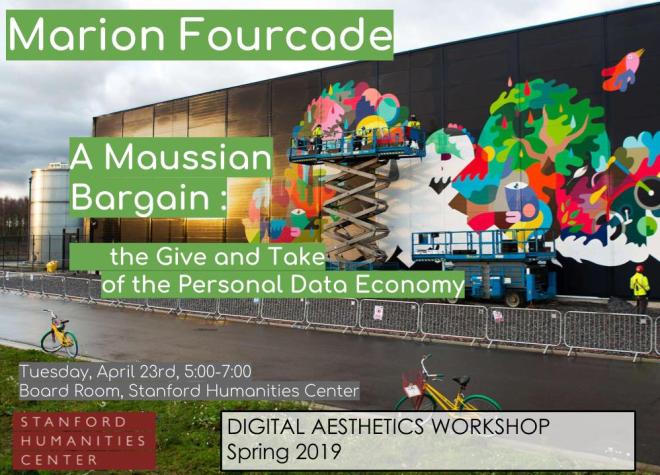
We are pleased to announce the first Digital Aesthetics Workshop event for the Spring quarter – on Tuesday, April 23rd with Marion Fourcade, Professor of Sociology at UC-Berkeley. She will be discussing Marcel Mauss, data circulation, and how to describe the strange new market our information is sold on.
“A Maussian Bargain: the Give and Take of the Personal Data Economy”
Primitive accumulation in the digital economy – in other words, the appropriation of new kinds of data about people, organizations, and things and their transformation into a form of capital – has often been described, following David Harvey, as a process of “accumulation of dispossession.” Yet how can we reconcile this argument with the fact that enrollment into digital systems often takes place in a much more benign fashion, for instance by signing up for a “free” service, or by responding to a “friend’s” invitation? Daniel Kluttz (UC Berkeley) and I draw on interviews with the designers and builders of digital systems to document the technical, political, economic and cultural conditions of the circulation of personal data. We rely on anthropological theory, specifically Marcel Mauss’s classic essay on The Gift, to conceptualize the role of non-market exchange and reciprocity in the origins of what Zuboff (2019) calls “surveillance capitalism.”
Marion Fourcade is Professor of Sociology at UC Berkeley. She received her PhD from Harvard University in 2000 and is an alumni of the Ecole Normale Supérieure in Paris, France. A comparative sociologist by training and taste, she has analyzed in her work national variations in neoliberal transitions, political mores, valuation cultures, and economic knowledge. Ongoing collaborative research with Kieran Healy looks at the rise, consolidation and social consequences of new classificatory regimes powered by digital data and algorithms. Other current projects include the microsociology of courtroom exchanges (with Roi Livne); stratification processes in the social sciences (with Etienne Ollion); and the politics of wine classification and taste in France and the United States (with Rebecca Elliott and Olivier Jacquet). Professor Fourcade’s work has appeared in American Journal of Sociology, American Sociological Review, Theory and Society, Socio-Economic Review, American Behavioral Scientist, Annual Review of Sociology, Journal of Economic Perspectives and other outlets. She is a recipient of the Lewis Coser award for theoretical agenda setting, the American Sociological Association’s Distinguished Book Award and the Ludwik Fleck prize for outstanding book in the area of science and technology studies (Society for the Social Studies of Science). Website: www.marionfourcade.org.
COMING UP in the Digital Aesthetics Workshop:
May 14th + 15th: Colloquium
May 28th: Miyako Inoue

